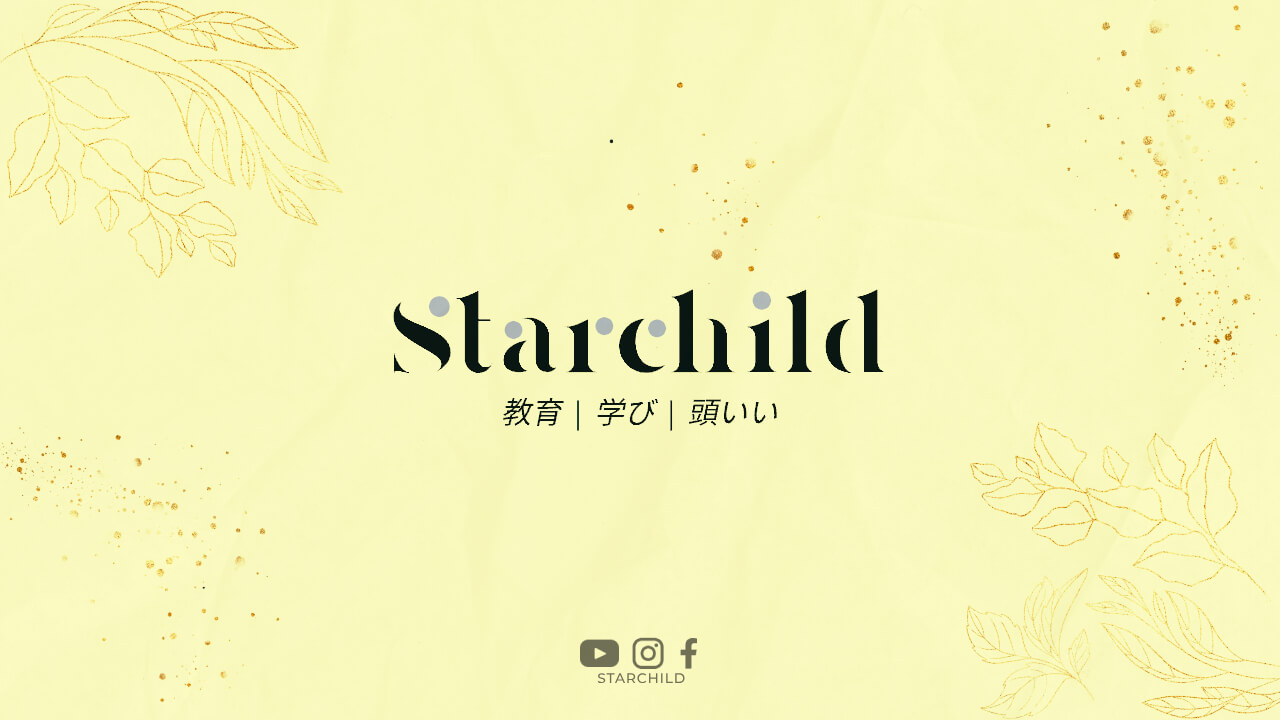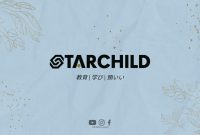SDGsカリキュラム, also known as the Sustainable Development Goals Curriculum, is becoming increasingly popular in Japan. As the world faces various environmental and social challenges, it is essential to educate the younger generation about the importance of sustainability, social justice, and global cooperation. SDGsカリキュラム is a framework that aims to integrate the United Nations’ 17 Sustainable Development Goals (SDGs) into school curriculums.
What are SDGs?
SDGs are a set of global goals adopted by the United Nations in 2015. The goals aim to end poverty, protect the planet, and ensure prosperity for all by 2030. The 17 goals cover various areas, including climate action, gender equality, and quality education. SDGs are interconnected and require a collaborative effort from all countries and stakeholders to achieve them.
Why is SDGsカリキュラム important?
SDGsカリキュラム is essential for several reasons. First, it helps raise awareness among students about the importance of sustainability and social justice. By integrating SDGs into the curriculum, students can learn about global issues and their impact on local communities. Second, it promotes active citizenship and encourages students to take action to contribute to achieving the SDGs. Finally, it prepares students for the future workforce, which will require skills such as critical thinking, problem-solving, and global awareness.
How is SDGsカリキュラム implemented in Japan?
SDGsカリキュラム is not mandatory in Japan, but many schools and educational institutions have adopted it. The Ministry of Education, Culture, Sports, Science, and Technology (MEXT) has also provided guidelines for schools to implement SDGsカリキュラム. The guidelines suggest incorporating SDGs into existing subjects, such as social studies, science, and language. Schools can also organize extracurricular activities and events related to SDGs.
Examples of SDGsカリキュラム in Japan
Many schools in Japan have developed innovative SDGsカリキュラム activities and projects. For instance, some schools have created vegetable gardens and composting systems to teach students about sustainable agriculture and food waste reduction. Others have organized beach cleanups and environmental campaigns to raise awareness about marine pollution. Some schools have also introduced multicultural education to promote diversity and inclusion.
Challenges and Opportunities
While SDGsカリキュラム has many benefits, there are also challenges. One of the main challenges is the lack of resources and training for teachers to implement SDGs effectively. It is crucial to provide teachers with the necessary support and training to integrate SDGs into their teaching practice. Another challenge is the need for collaboration and partnership between schools, local communities, and stakeholders to achieve the SDGs. However, SDGsカリキュラム also presents opportunities for innovation and creativity in education.
Conclusion
SDGsカリキュラム is a promising framework that can contribute to achieving the SDGs and creating a sustainable and just world. By educating the younger generation about the importance of sustainability and social justice, we can create a better future for all. While there are challenges, SDGsカリキュラム presents opportunities for innovation and collaboration in education.




